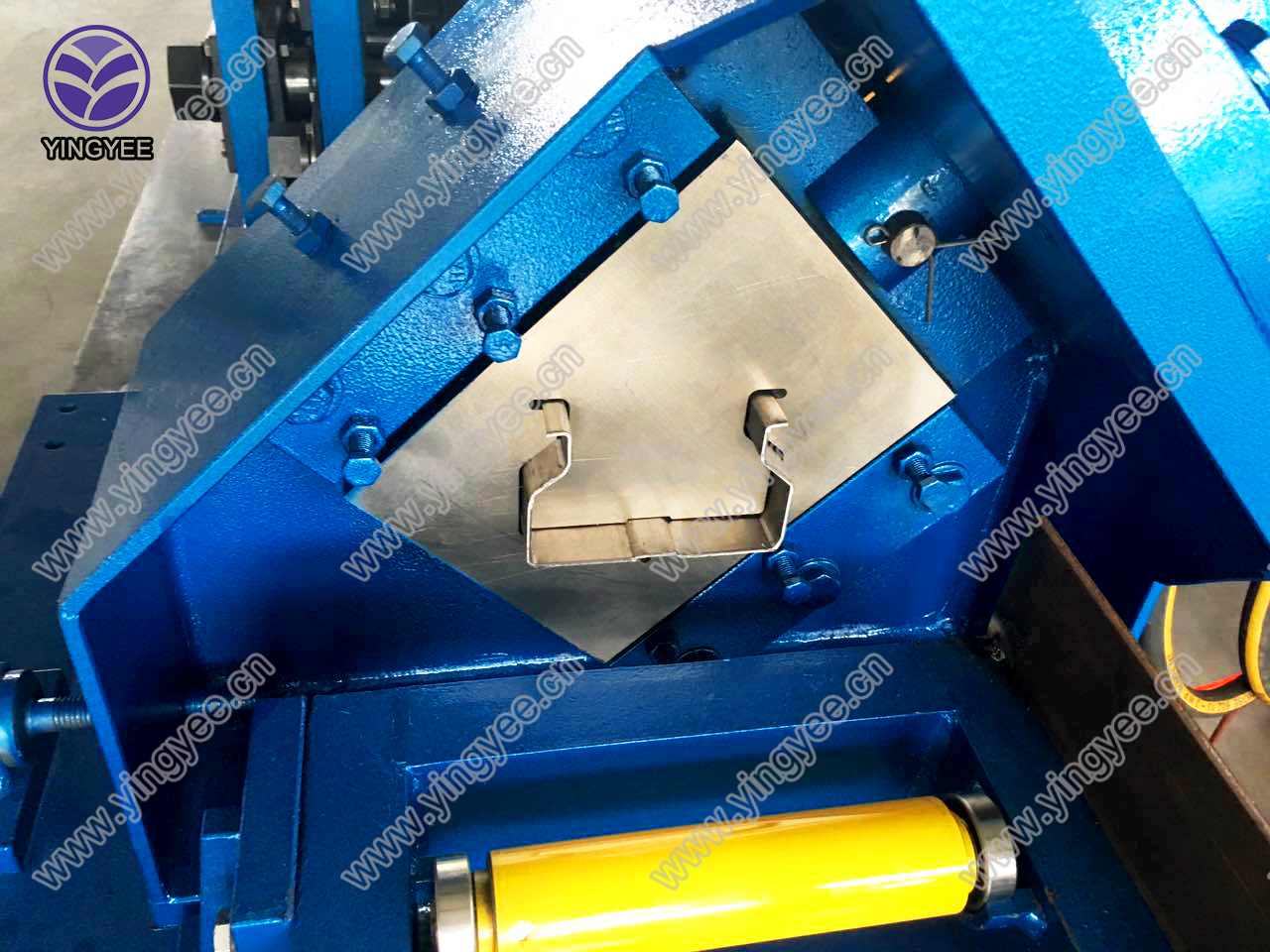
The Evolution and Benefits of U Purlin Roll Forming Machines
In the world of construction and manufacturing, efficiency and precision are paramount. One of the most important advancements in this sector is the U purlin roll forming machine. This innovative equipment has transformed how purlins, which play a critical role in construction, are produced, leading to improved structural integrity and economic benefits for builders and manufacturers alike.
What is a U Purlin?
Before diving into the specifics of the roll forming machine, it’s essential to understand what a U purlin is. U purlins are structural beams typically used in steel buildings to support roof systems. They are named for their unique U shape, which provides strength and durability while also allowing for lightweight construction. Purlins are vital for transferring loads from the roof to the building's structural framework, making them an integral component in the construction process.
The Roll Forming Process
The roll forming machine is engineered to transform flat steel sheets into the desired U purlin shape through a series of progressive molds and rollers. The process begins with the feeding of flat steel coils into the machine. As the coils pass through the rollers, they are gradually shaped into the U profile. This method ensures high accuracy and consistency in the production of purlins, allowing for uniformity in their dimensions and characteristics.
Advantages of U Purlin Roll Forming Machines
1. Efficiency One of the most significant advantages of using a U purlin roll forming machine is its efficiency. Traditional methods of purlin production can be time-consuming and labor-intensive. In contrast, roll forming machines automate the process, enabling rapid production rates and reducing operational costs.

2. Cost-Effectiveness The automation and high-speed nature of roll forming processes lead to lower labor costs. Moreover, the reduction of waste material during the production process contributes to overall cost savings, making it an economically viable option for manufacturers.
3. Consistent Quality Roll forming machines are designed for precision. The use of advanced technology ensures that every purlin produced meets strict quality standards. This consistency is crucial in construction applications, where structural integrity is paramount.
4. Versatility U purlin roll forming machines can be adapted to produce various profiles, making them versatile tools in the manufacturing sector. They can produce different sizes and thicknesses of purlins, catering to specific construction needs without requiring extensive changes to the equipment.
5. Minimal Scrap Traditional cutting methods often result in substantial waste material. In contrast, the roll forming technique minimizes scrap generation, as the process is designed to utilize nearly the entire length of the material. This aspect not only contributes to cost savings but also aligns with modern sustainability practices.
6. Durability The materials used in constructing U purlins are often treated for corrosion resistance, ensuring longevity in outdoor and harsh environments. The manufacturing process of roll forming reinforces these characteristics, resulting in stronger products that require less maintenance.
Conclusion
The introduction of U purlin roll forming machines has revolutionized the construction industry. Their efficiency, cost-effectiveness, and ability to produce high-quality products make them indispensable in modern manufacturing. As the demand for durable and lightweight construction materials continues to grow, these machines will play a vital role in meeting those needs. With continued advancements in technology, the future of U purlin production looks bright, promising further innovations that will enhance productivity and sustainability in the construction sector.
Investing in a robust U purlin roll forming machine is not only a step towards modernization but also a commitment to quality and efficiency in the construction industry.